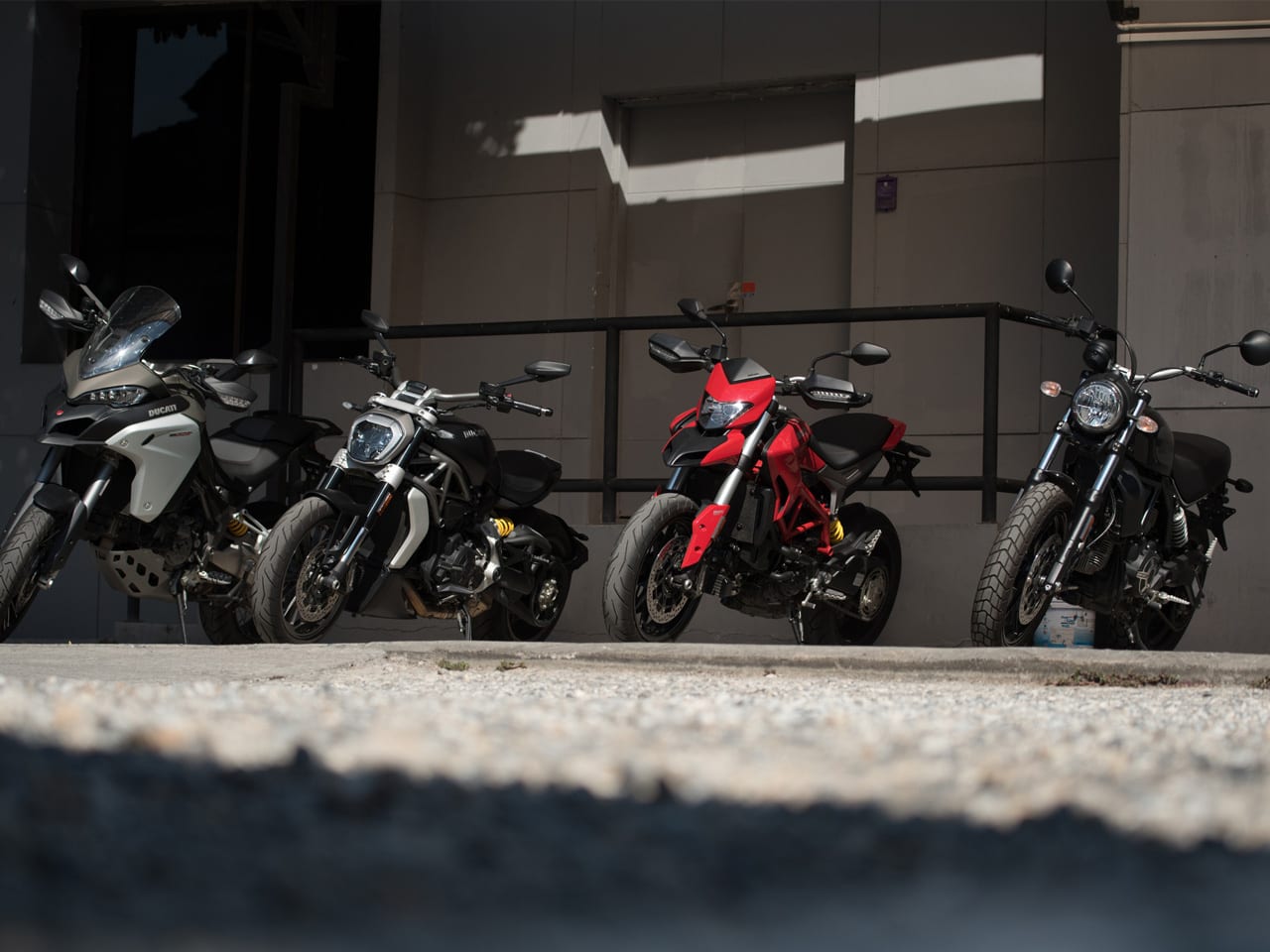Motorcycles are bigger, faster, and more powerful than your average bike. They also come in a variety of shapes and sizes with differing weights based on factors such as design, features, and engine capacity. Understanding these key details is essential for any motorcyclist. Whether you’ve recently bought a motorcycle or are just browsing, here is what you need to know before you hit the road.
Factors Impacting the Weight of a Motorcycle
The average motorcycle weighs roughly 300 to 800 pounds, but that is only a generalization. In fact, a motorcycle could weigh anywhere between 150 to 1,000+ pounds. Several factors impact a motorcycle’s weight, including the engine size, class, and frame. While batteries, brakes, and rims contribute to a motorcycle’s weight, the engine is the largest contributing factor. Engine CCs (or cubic centimeters) determine the motorcycle’s engine capacity, performance, and size. You can expect higher-powered motorcycles to weigh significantly more than lower-powered bikes when shopping for a motorcycle, with each type having pros and cons.
For example, people looking for a lighter bike may opt for mopeds or scooters. These lighter rides boast easier portability and less physical power than their heavier counterparts. On the other hand, bigger bikes like cruisers and sports bikes offer a higher-powered, faster, and more stable ride.

Motorcycle Weight by Bike Type
Motorcycle weight is crucial when choosing a bike because it determines its handling, comfort, and fuel efficiency. Here are the different types of bikes and their respective weights:
- Choppers are considered the second heaviest motorcycle, ranging from 500 to 900 pounds.
- Adventure bikes are lighter for off-road usage and maneuverability, weighing 350 to 600 pounds.
- Dirt bikes are lighter, weighing around 215 pounds.
- Touring bikes’ weight spans from 400 to as heavy as 1,000 pounds.
- Sports bikes, despite looking heavy, only weigh up to 530 pounds.
- Cafe racers weigh in at about 400 to 500 pounds. Vintage models may weigh more.
- Cruisers can weigh between 600 and 800 pounds but vary based on engine size.
- Bagger bikes are similar to cruisers but have saddlebags or boxes, fairings, and windshields, adding to their mass, weighing between 600 and 850 pounds.
- Naked bikes without fairings weigh between 280 and 530 pounds.
- Supermotos are modified dirt bikes with smaller rims and street tires weighing 220 to 320 pounds.
- Dual sport motorcycles weigh between 250 and 370 pounds, allowing the rider to maneuver easily on and off the road.
Motorcycle Weight by Engine Size
As you browse motorcycles, it’s essential to remember that their weight depends on the size of the engine. Here is a cheat sheet of motorcycle weight according to engine size.
- Size: 250cc; Weight: Average 350 lbs
- Size: 300cc; Weight: Average 350 lbs
- Size: 500cc; Weight: Average 410 lbs
- Size: 600cc; Weight: 400-450 lbs
- Size: 800cc/900cc; Weight: Average 430 lbs
- Size: 1000/1100cc; Weight: 400-500 lbs
- Size: 1200cc; Weight: 500-600 lbs
- Size: 1300cc; Weight: 500-650 lbs
Advocating for Injured Motorcyclists Across the Carolinas
Owning and riding a motorcycle is an invigorating experience, but it also comes with enhanced risks. Due to your exposure to the road, your likelihood of suffering severe injuries in a motorcycle accident is higher than any other motorist. When it happens, you need a reputable motorcycle accident lawyer you can trust.
At GTA Law Riders, we understand motorcyclists like you. We understand what you’re going through and have seen the devastation of motorcycle accidents firsthand. With our knowledge of motorcycle accident law and extensive experience fighting for motorcycle accident victims across North and South Carolina, we will protect your rights and help secure the compensation you may be entitled to by law. If you’ve been injured in a motorcycle accident through no fault of your own, speak with us for free today.


